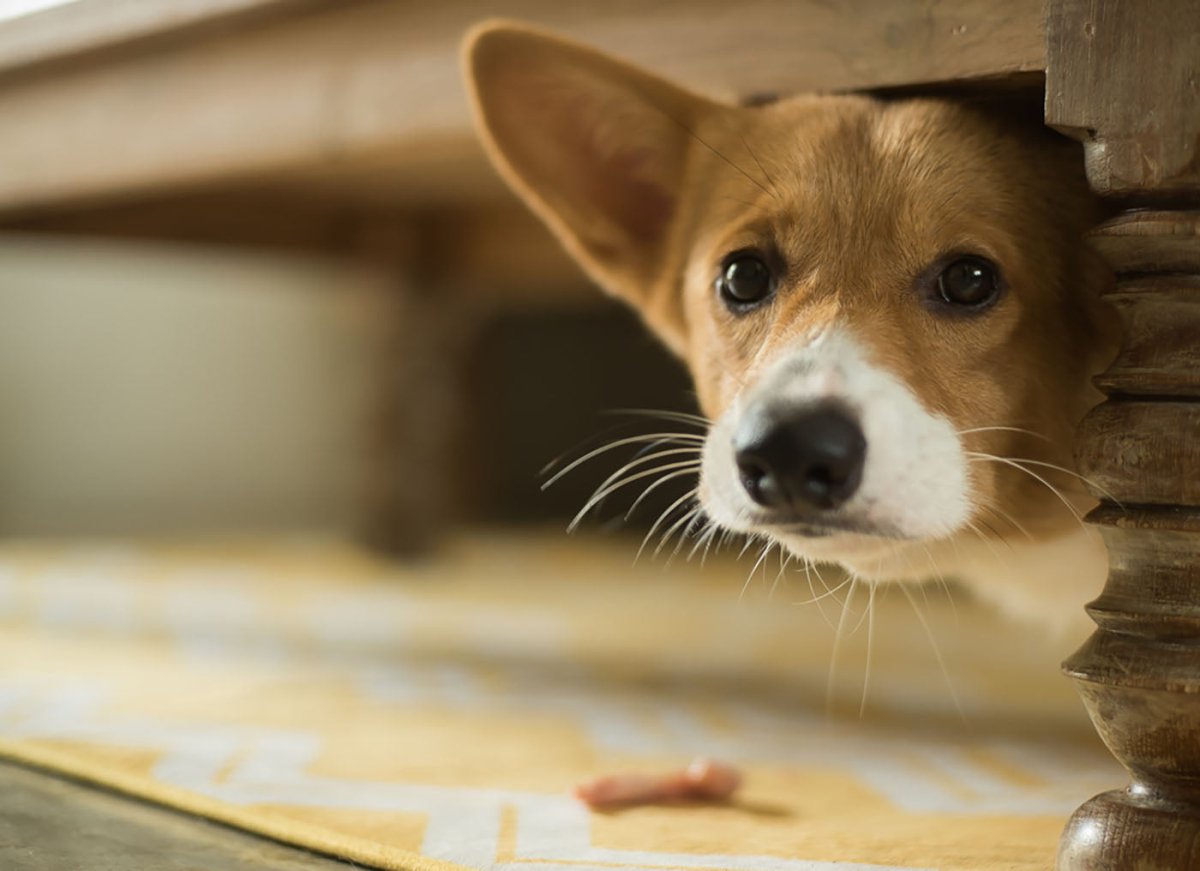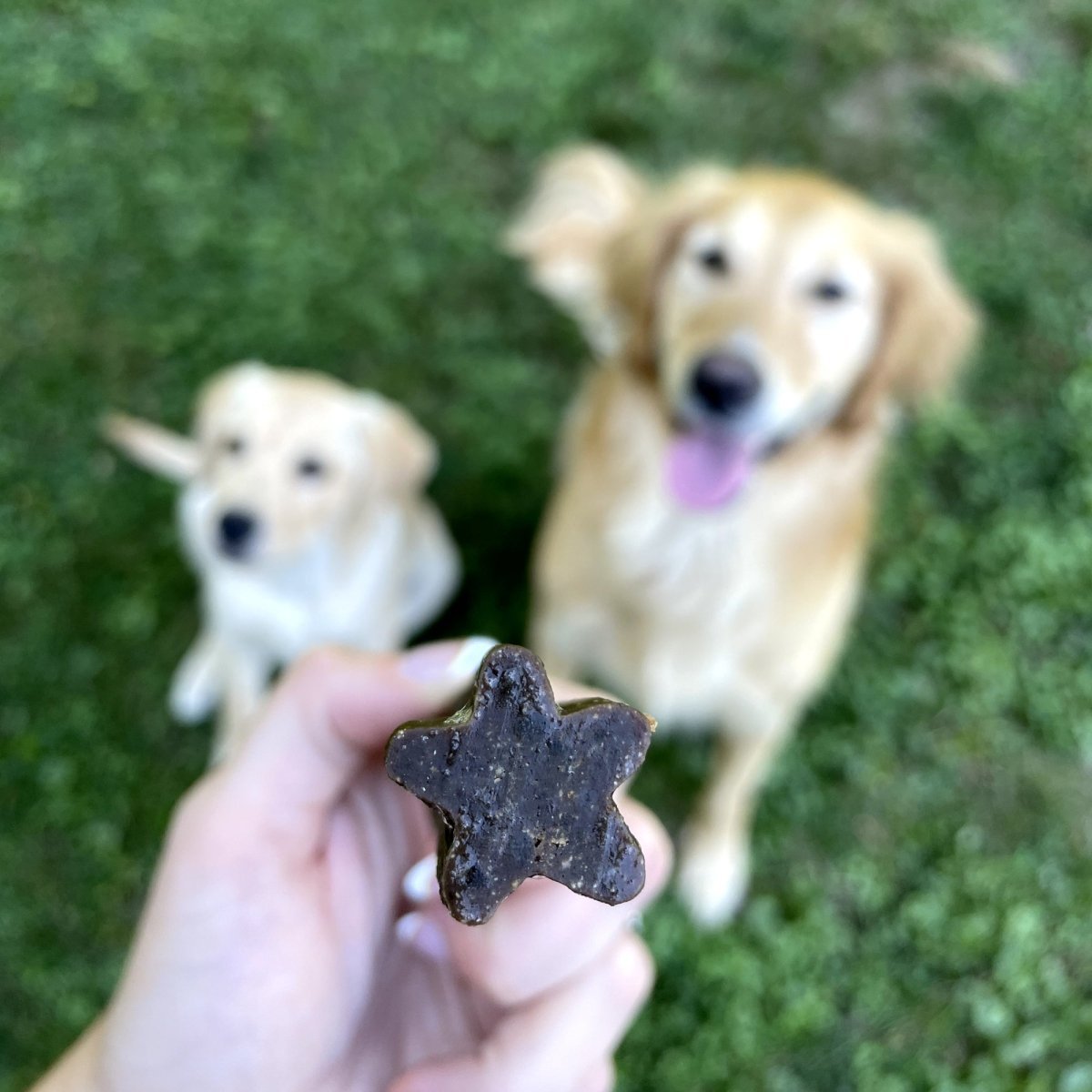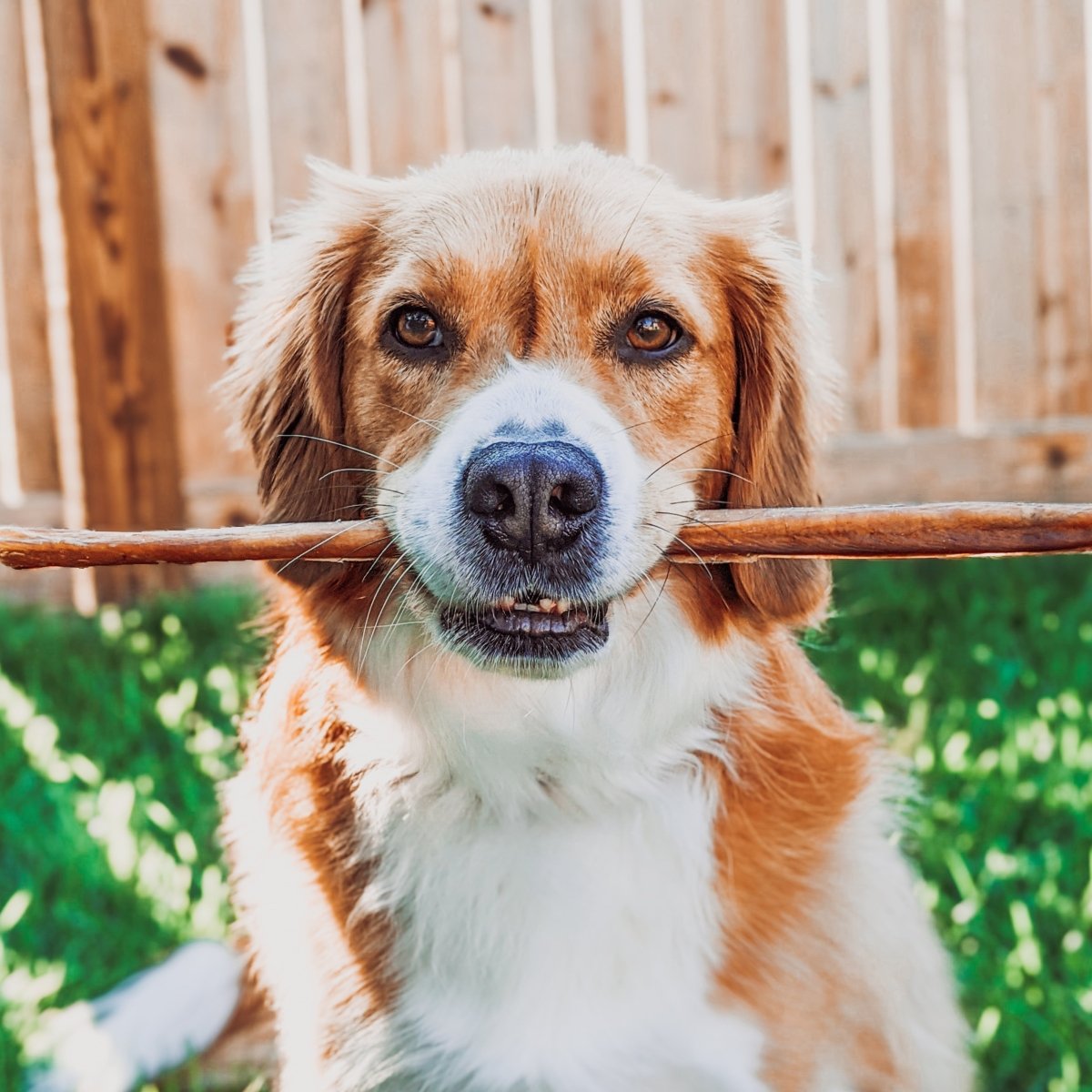
It’s estimated that approximately one in four dogs suffers from separation anxiety. But what causes separation anxiety in dogs?
A major reason is their pack instinct. Dogs do really well with others, whether with other dogs or with their human — you. Being away from you, if you’re all they’ve got, can be overwhelming and painful. All of a sudden you’re there, and then you’re not. You leave them alone, at home, in their crate, and they don’t know what to do.
It’s as if their whole world has gone away. Then, they begin whining, crying, barking, and howling.
Any dog owner hates to hear this. It tugs at your heartstrings and causes nothing but pain. But it can also be troublesome for those who live in apartments and condos, too, as whining and barking while you’re away can cause problems with your neighbors, landlords, and homeowner’s association (HOA).
So how do you ease separation anxiety in dogs? From bully sticks to white noise to exercise, here’s how you can ease your dog’s separation anxiety.
Reward Your Dog with Our Bully SticksFirst of all, you need to know what to look for. Dogs suffering from separation anxiety often:
The above are signs of personal distress and stress. Stress tends to be the leading factor, as they’re acting out because they feel at the “end of their rope.” This means they’re stressed beyond belief, worried you’re never coming back, and as if they’ve got no one else to depend on.

They need a partner, and if they don’t have you, they’re going to feel as if they have no means but to act out to de-stress.
Here are just a few ways to reduce your dog’s stress and separation anxiety:
First and foremost, exercise is one of the best ways to reduce overall stress in your dog. Stress usually mounts in your dog because they’re bored. They’re not getting enough exercise throughout the day, and the stagnation is making them feel overly tired and cooped up.
If you’re trying to put them in their crate for a few hours, it won’t go well if they’re already amped up. Sending them full of energy is a bad move, as it’s going to start them off at a high stress point. Instead, you should tucker them out before leaving them in the crate for an hour or the day.
If you’re heading out for a few hours, try to tire out your dog beforehand. That can include taking them out for a run, going to the dog park, or playing fetch around the house. It’s a simple way to drain them of energy so they’ll nap for the majority of the time you’re out of the house.

Another great way is to leave them with something that keeps them happy. High-value treats, like long-lasting dog bones and bully bites, are a simple way to make them happy before you head out.
Explore Our Collection of Dog BonesDog chews are a great way to send them off on a high note, as it will provide them with a positive, calming experience prior to you leaving them alone. However, you should hang around for a bit when it comes to giving them treats. Dog treats can sometimes splinter, which creates choking hazards, so you’ll want to give them prior to leaving, while keeping an eye on them before heading off.
Otherwise, you’ll want to give them a treat once you return.
Counter-conditioning is a means of training your dog after the fact. Rather than training them to become accustomed to new situations, you reward them for their behavior after the fact. Leave them alone in their crate for an hour? Come back and give them a high-value treat.
Leave them alone at home for a bit? Give them a puzzle toy so they can be consumed by play time before they realize you’re gone. Once you get back, provide them with a treat and take their puzzle toy from them. It’s a simple way to show them that they get something fun and tasty upon being left alone, as well as receiving a great treat once you get back.
Easing separation anxiety in your dog requires patience, practice, and preparation. Give them your attention when they most need it so you can ensure they can rest easy while you’re away from them.
Comments will be approved before showing up.

Dental chews keep plaque in check and gums strong. Read here to learn about nature's toothbrush!

Single-ingredient dog chews and treats are crafted using only one whole food source!

Check out our guide on different types of chews to help you decide on the best chew for your dog!